Home>Ideas and Tips>Upgrading Your Home’s Plumbing DIY Maintenance Tips
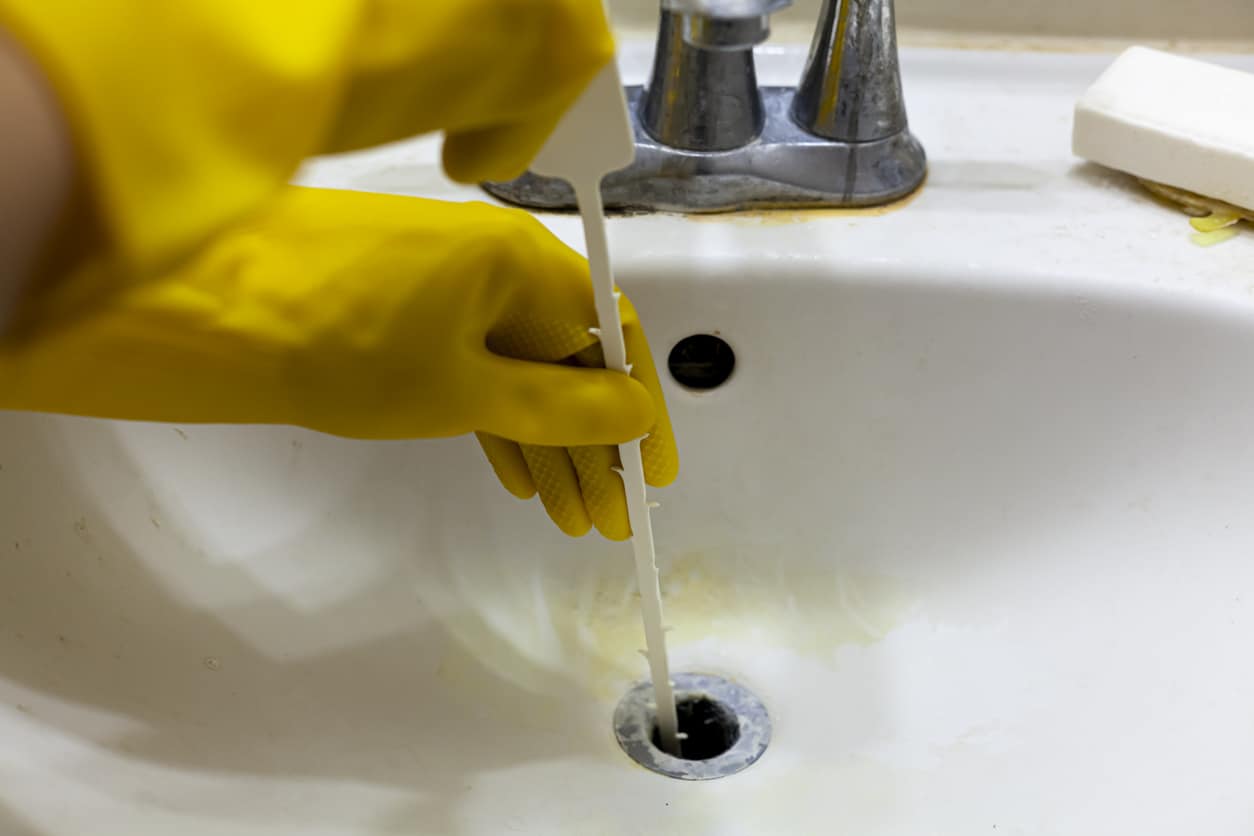

Ideas and Tips
Upgrading Your Home’s Plumbing DIY Maintenance Tips
Published: September 4, 2024
Discover essential DIY plumbing maintenance tips to upgrade your home's plumbing system, save water, and prevent costly repairs.
(Many of the links in this article redirect to a specific reviewed product. Your purchase of these products through affiliate links helps to generate commission for Storables.com, at no extra cost. Learn more)
Maintaining your home's plumbing system is crucial for both comfort and the value of your home. Your plumbing system is a significant investment, making up about 15 percent of your total home value. A well-maintained plumbing system ensures access to clean, fresh water and warm water for hygiene and comfort. Properly functioning plumbing systems also add convenience to modern living, help communities during water shortages, and increase water efficiency and energy savings.
Regular maintenance is essential to catch small problems before they turn into large, expensive issues. Here are some key benefits:
- Water Conservation: Small leaks can waste a lot of water. For example, one drip per minute from just one faucet can add up to about 1,440 drips per day and 34 gallons per year.
- Energy Savings: Insulating exposed pipes can prevent heat loss and lower your water heating costs.
- Preventing Damage: Leaks not only affect your pipes and water pressure but can also cause damage to your home, such as wood rot, mold growth, and pipe corrosion.
To ensure your plumbing system is running smoothly, follow this daily, weekly, and seasonal maintenance checklist:
Daily Tips
- Check Faucets and Toilets: Regularly check faucets and toilets for leaks. A small leak can waste a significant amount of water over time.
- Monitor Water Pressure: Keep an eye on your water pressure. Low pressure can indicate a problem with your pipes or water supply.
Weekly Inspections
- Inspect Drains: Check shower and sink drains to ensure they are flowing freely. Reduce your use of bath oils and install screens over drains to prevent hair from going down the drain.
- Check Water Heater: Make sure your water heater is functioning properly. Check the temperature and pressure relief valve to ensure it is working correctly.
Seasonal Maintenance
-
Spring Maintenance:
- Inspect Septic Systems: If you have a septic system, inspect it regularly to ensure it is functioning properly.
- Service Water-Using Appliances: Service your water heater, washing machine, and dishwasher to ensure they are working efficiently.
-
Summer Maintenance:
- Check for Leaks: Inspect all pipes and fixtures for leaks, especially around outdoor faucets and hoses.
- Maintain Outdoor Plumbing: Ensure that outdoor plumbing is properly insulated to prevent freezing during colder months.
-
Fall Maintenance:
- Drain and Insulate Outdoor Hoses: Drain and store outdoor hoses to prevent freezing and damage.
- Prepare for Winter: Insulate exposed pipes in unheated areas like the basement or garage to prevent freezing.
-
Winter Maintenance:
- Prevent Freezing: Insulate exposed pipes in unheated areas like the basement or garage to prevent freezing.
- Check for Frozen Pipes: If you suspect a pipe has frozen, turn off the main water valve and call a plumber immediately.
Upgrading your plumbing system can significantly improve the efficiency and comfort of your home. Here are some essential upgrades to consider:
1. Replace Your Toilets
Old toilets can use up to 7 gallons of water per flush, which is not only wasteful but also expensive. New toilets manufactured after 1990 use no more than 1.6 gallons per flush, making them a water-efficient option.
When purchasing a new toilet, consider the following factors:
- Height and Bowl Shape: Ensure the toilet is comfortable for you and your family. Some toilets come with adjustable heights, which can be beneficial for different users.
- Customization: You can order customized toilets in various colors to match your home's aesthetic.
2. Upgrade Your Pipes
Older homes often have galvanized pipes, which can experience internal corrosion and break off into your pipes, affecting the quality of your water. Replacing these pipes with materials like PVC, copper, or PEX can improve the function and safety of your plumbing system.
3. Install Efficient Water Heaters
Old water heaters can consume a lot of energy every day. Consider replacing them with tankless hot water heaters, which produce hot water on demand rather than storing it in a tank. This can significantly reduce your utility bills and energy consumption.
4. Upgrade Your Faucets
Old faucets can waste water and increase your utility bills. Upgrading to low-flow faucets can reduce water usage and costs in the long run. Additionally, installing pull-out faucets in your kitchen sink can add aesthetic value and functionality.
5. Consider Features That Add Value
Adding an extra bathroom or laundry room can significantly increase the value of your home. Here are some luxury features you can consider:
- Steam Showers: These provide a luxurious experience and can be a major selling point for potential buyers.
- Heated Flooring: This feature adds comfort and can be especially beneficial in colder climates.
- Jetted Tubs: These provide relaxation and can be a significant upgrade for any bathroom.
While hiring a professional plumber is always recommended, some plumbing upgrades can be done DIY. Here are some steps you can follow:
1. Insulate Your Pipes
Insulating exposed pipes in unheated areas like the basement or garage can prevent heat loss and lower your water heating costs. You can use pipe wraps and sleeves to insulate your pipes.
2. Snaking Your Drains
If you notice slow-moving drains, snaking them can help remove clogs and prevent future problems. This is a simple and cost-efficient way to maintain your drainage system.
3. Replacing Worn-Out Fixtures
Old fixtures can waste water and increase your utility bills. Replacing them with low-flow fixtures can reduce water usage and costs in the long run.
While some plumbing upgrades can be done DIY, there are situations where hiring a professional plumber is necessary. Here are some scenarios:
1. Complex Plumbing Tasks
If you are dealing with complex plumbing tasks such as renovating your home's plumbing system or installing new fixtures, it is best to hire a professional plumber. They have the necessary knowledge and skills to handle these tasks efficiently.
2. Compliance with Plumbing Codes
Professional plumbers are familiar with local plumbing codes and regulations. They ensure that all work is done up to code, which is essential for safety and legal compliance.
3. Energy Efficiency Upgrades
When considering energy efficiency upgrades such as installing high-efficiency toilets or tankless hot water heaters, hiring a professional plumber can ensure that the work is done correctly and efficiently.
Maintaining and upgrading your home's plumbing system is crucial for both comfort and the value of your home. By following the daily, weekly, and seasonal maintenance checklist, you can prevent small problems from turning into large issues. Additionally, upgrading your plumbing system with efficient fixtures and materials can significantly improve its efficiency and comfort. While some upgrades can be done DIY, hiring a professional plumber is often necessary for complex tasks and ensuring compliance with plumbing codes. By taking these steps, you can ensure that your home's plumbing system remains functional and efficient for years to come.
Was this page helpful?
At Storables.com, we guarantee accurate and reliable information. Our content, validated by Expert Board Contributors, is crafted following stringent Editorial Policies. We're committed to providing you with well-researched, expert-backed insights for all your informational needs.
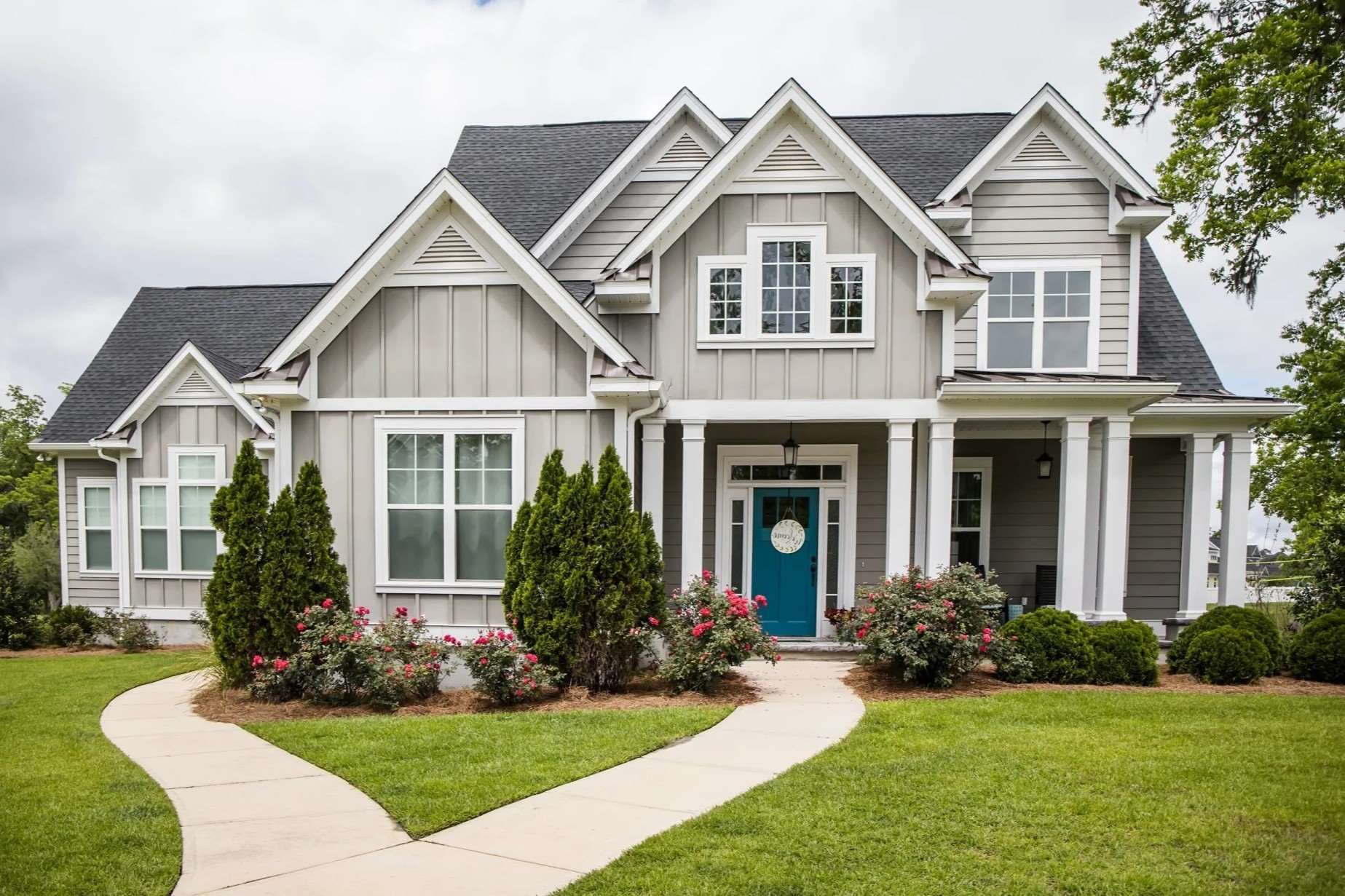
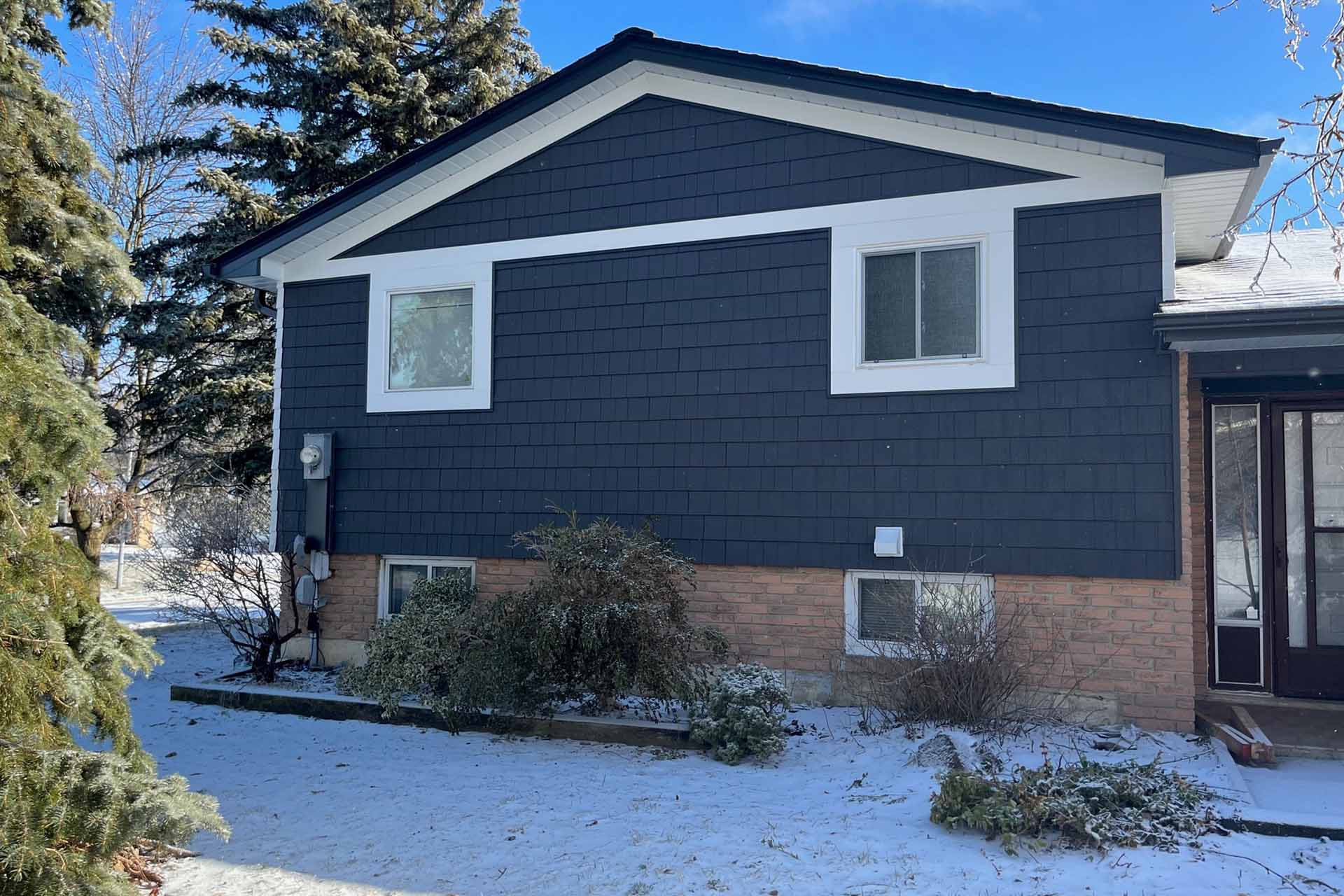
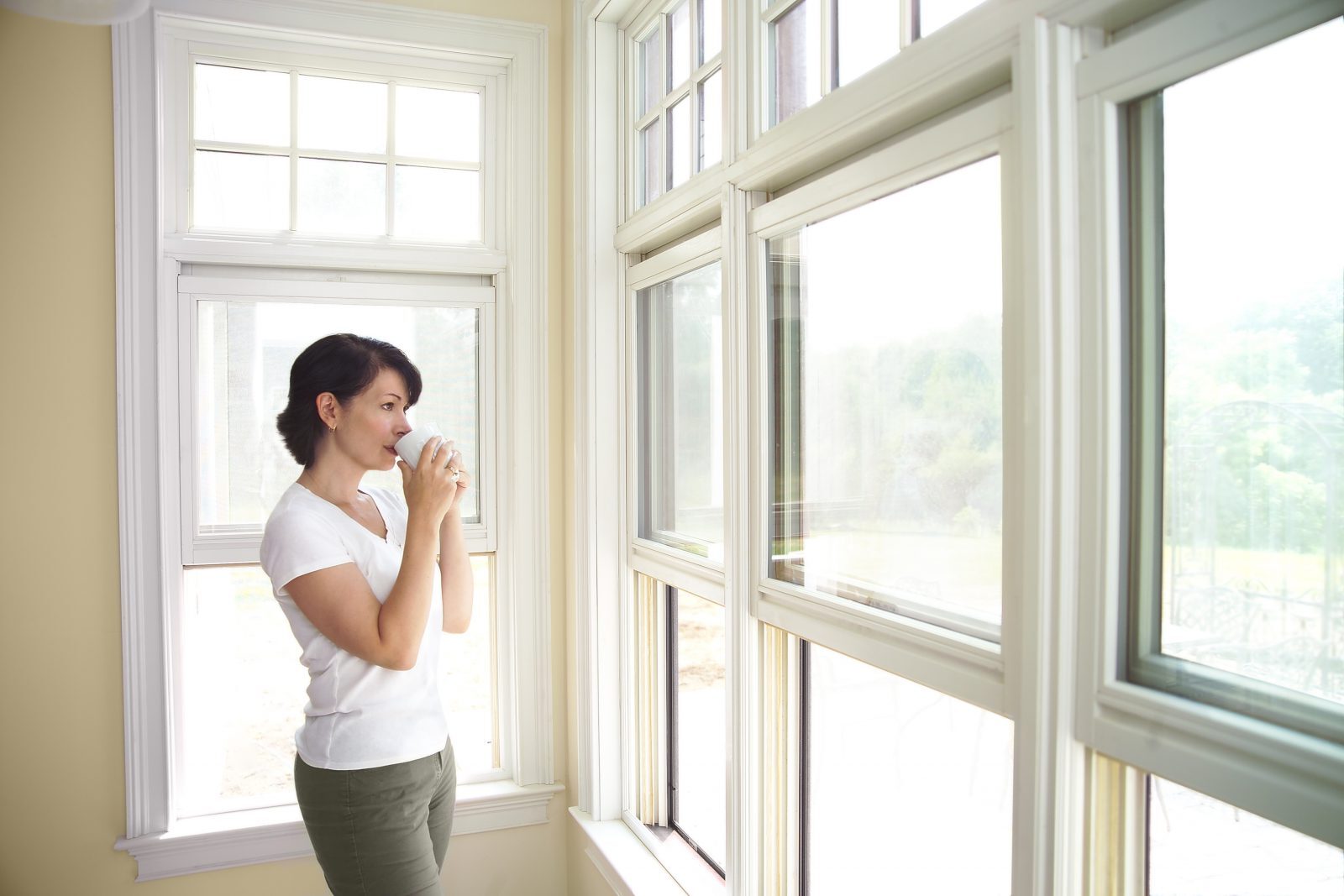
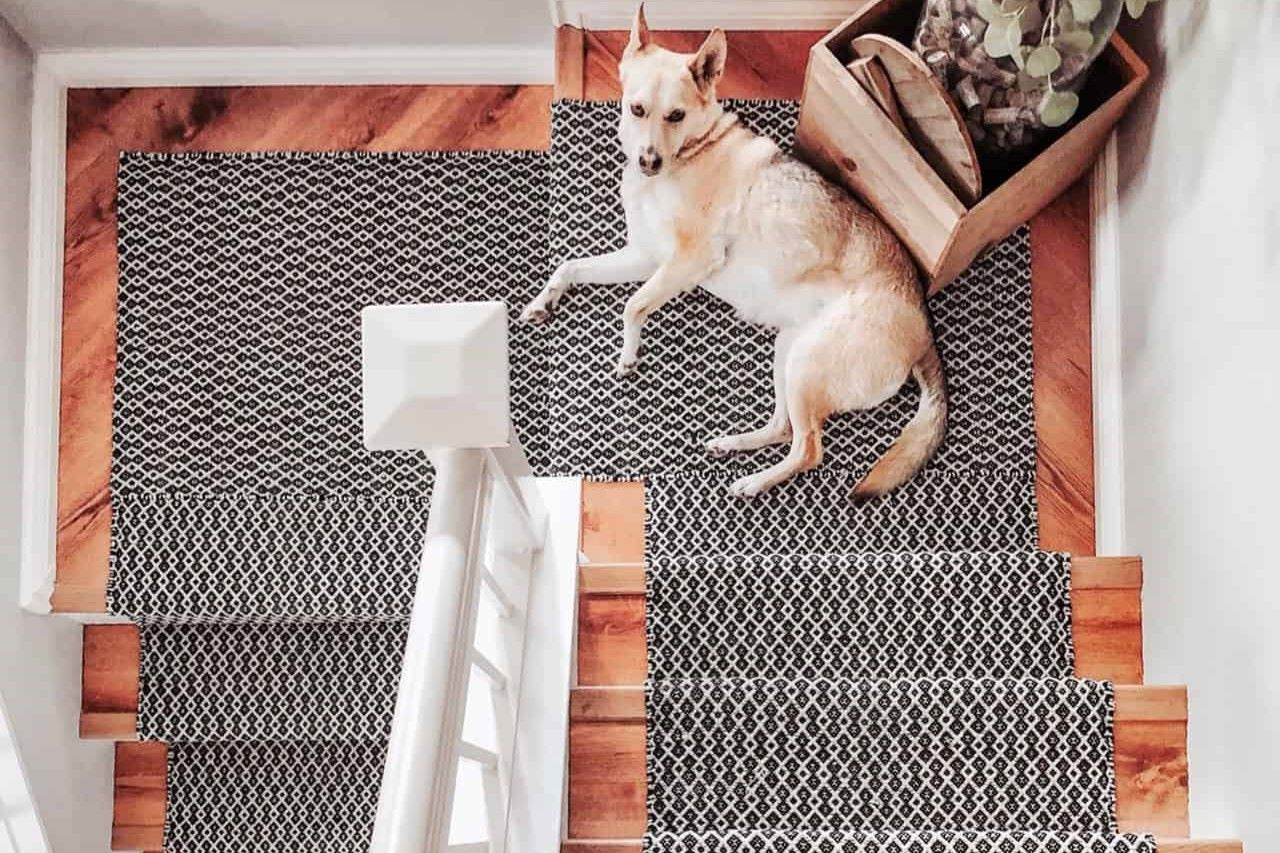
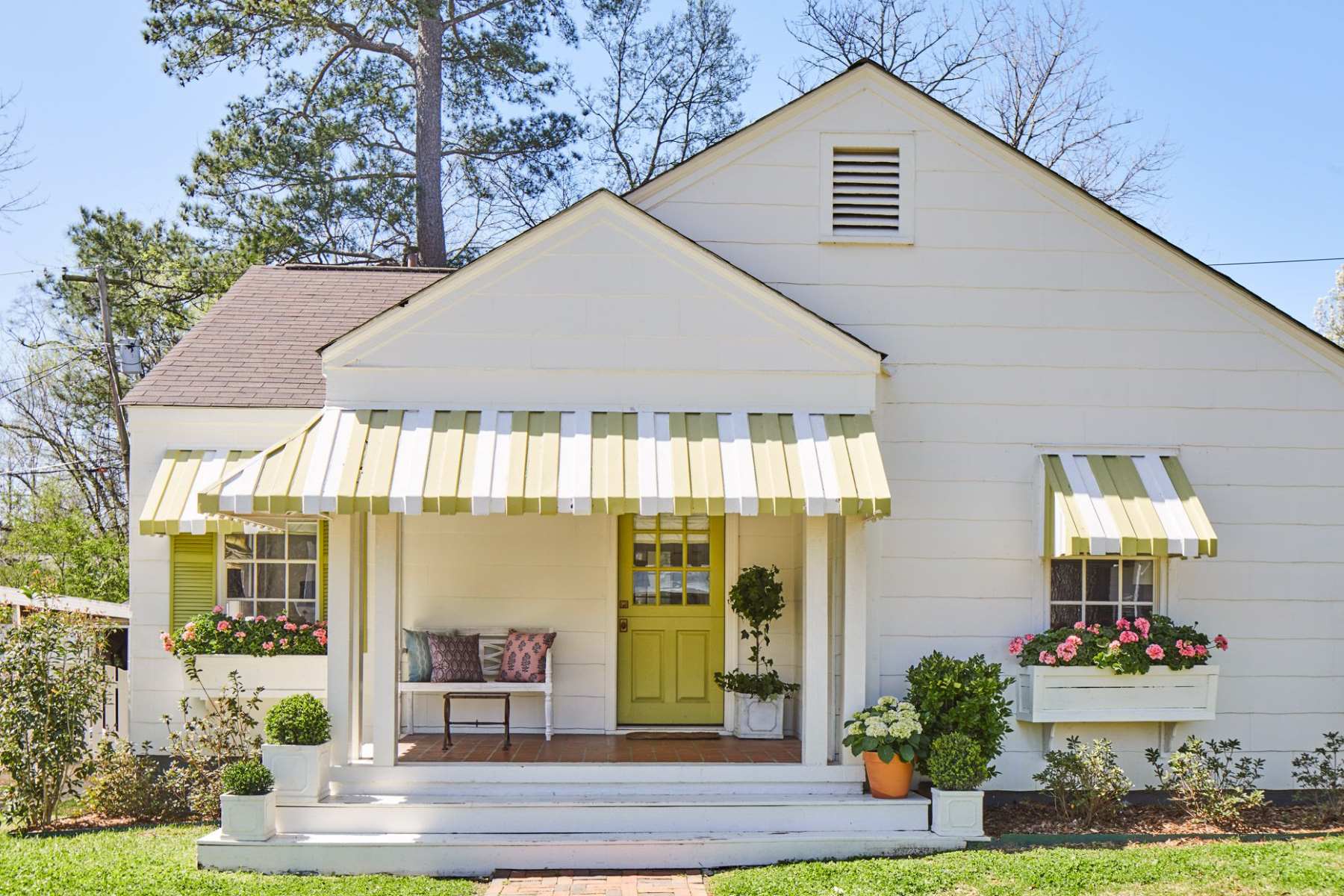
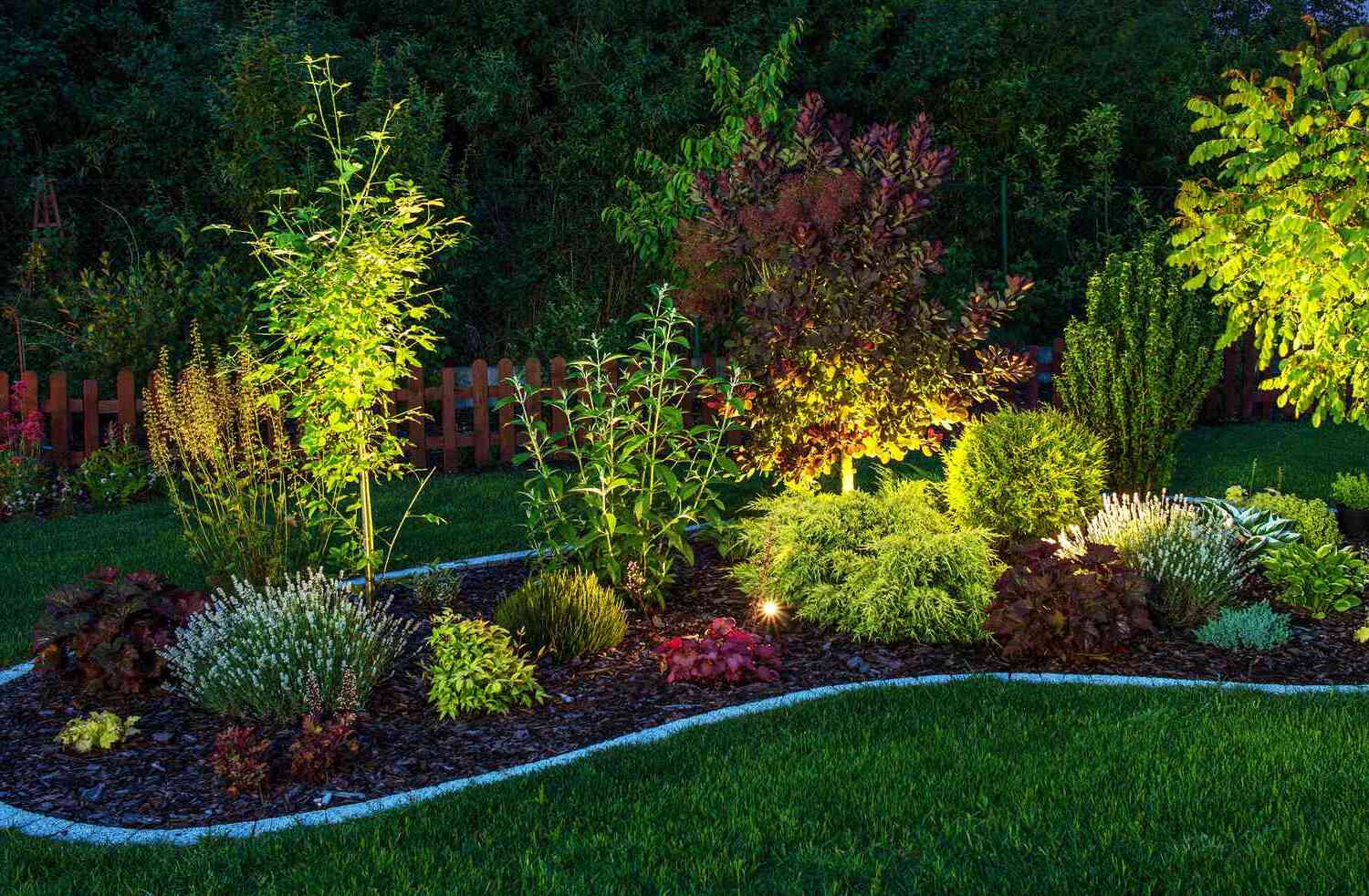
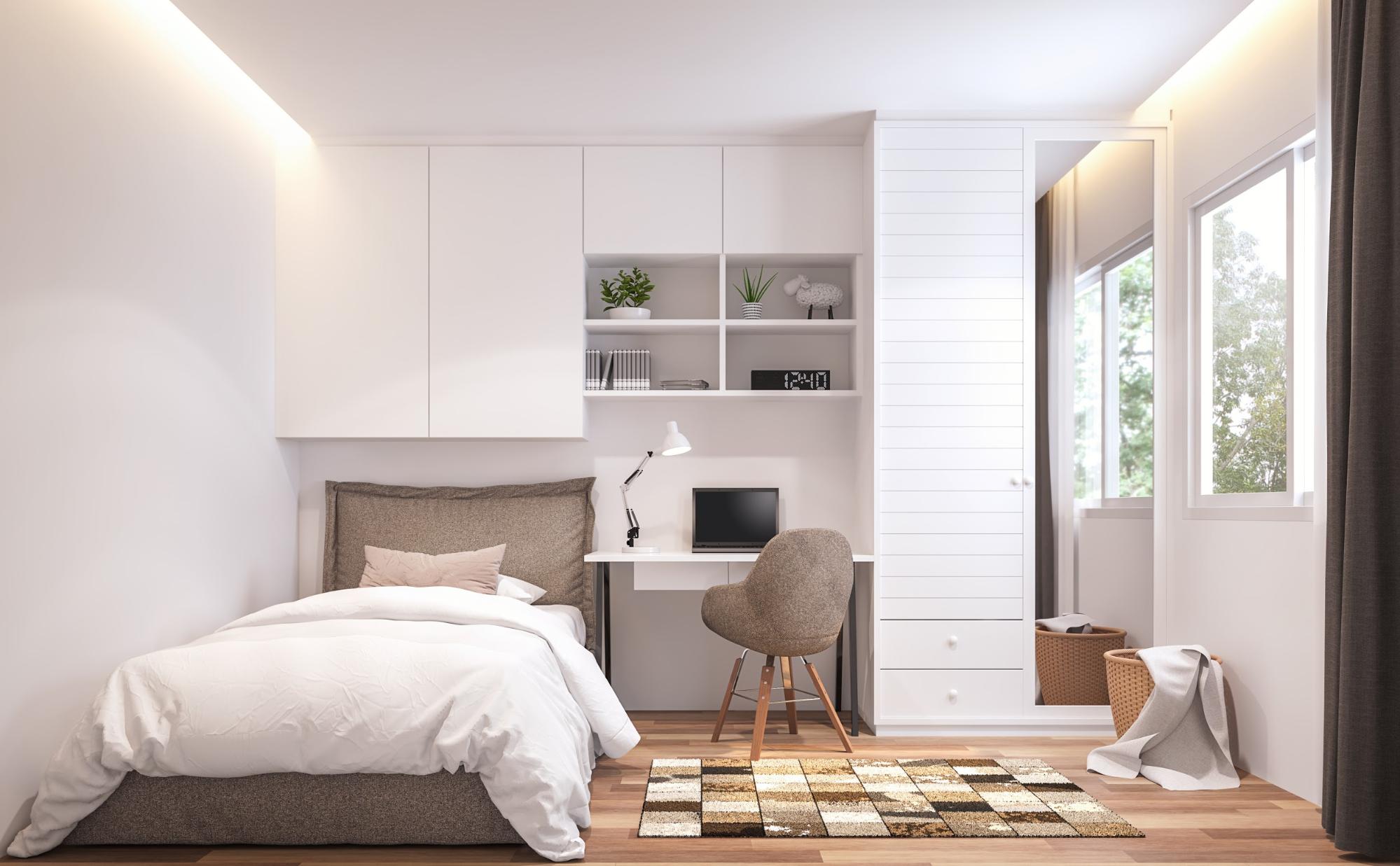
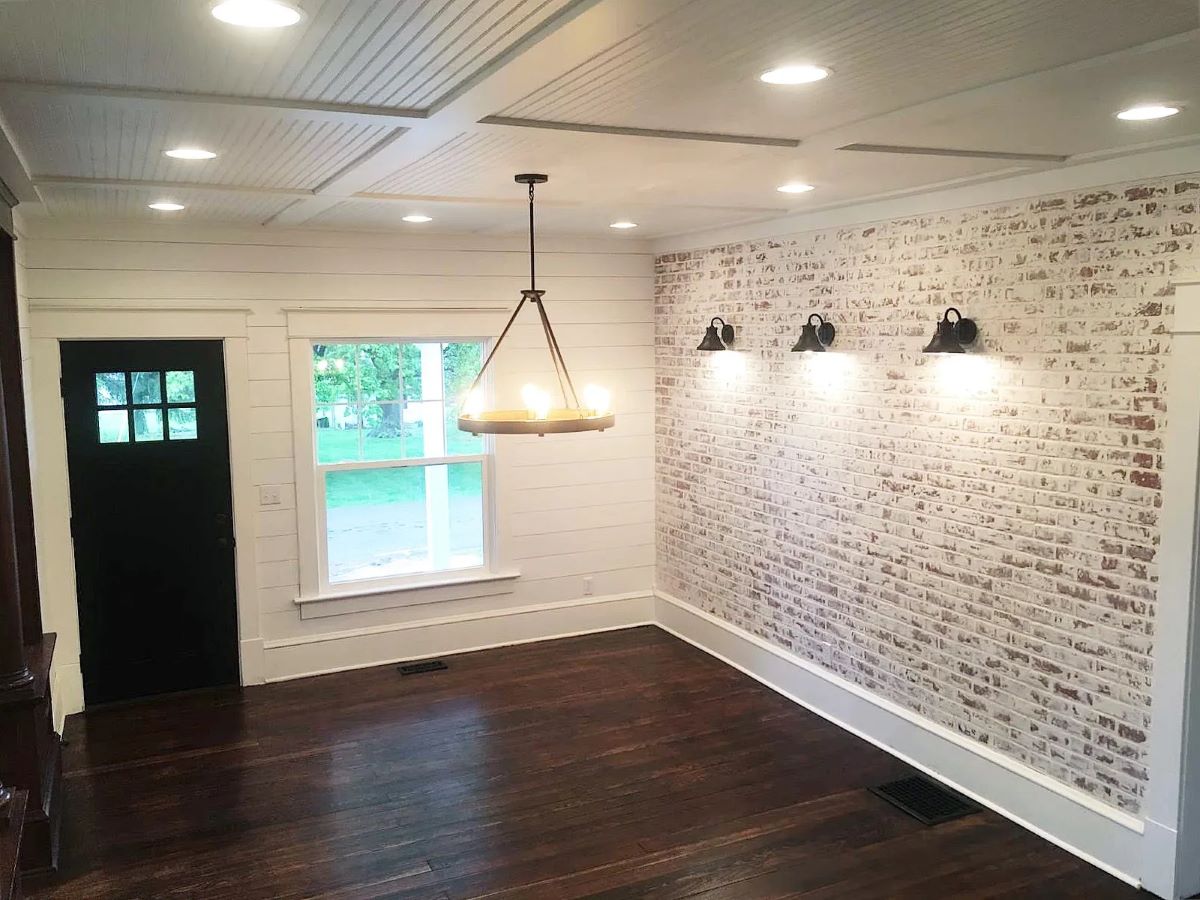
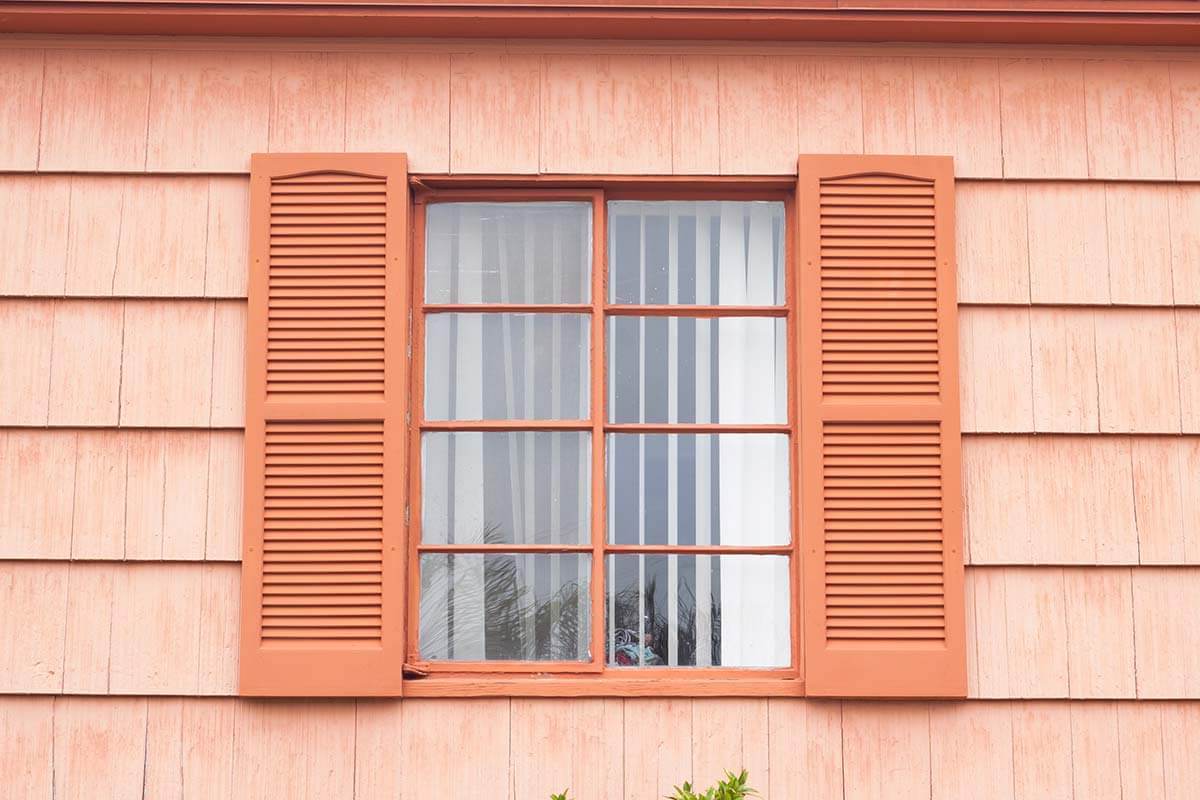
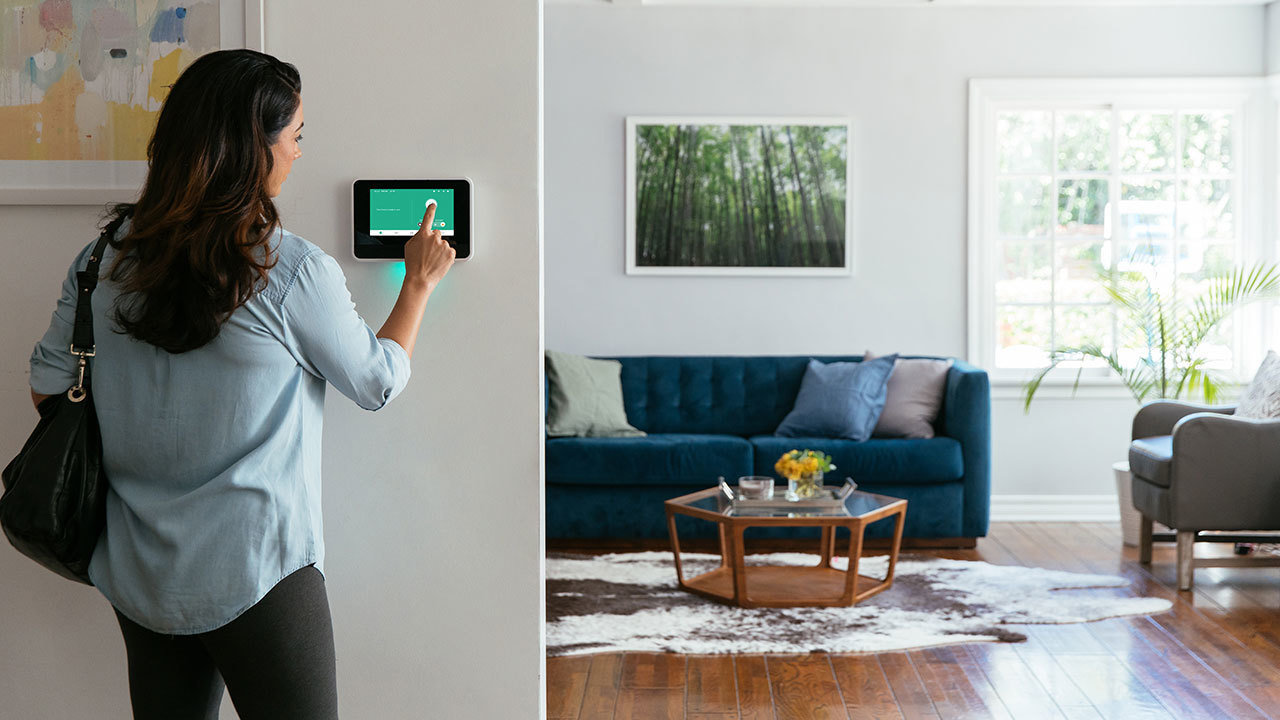
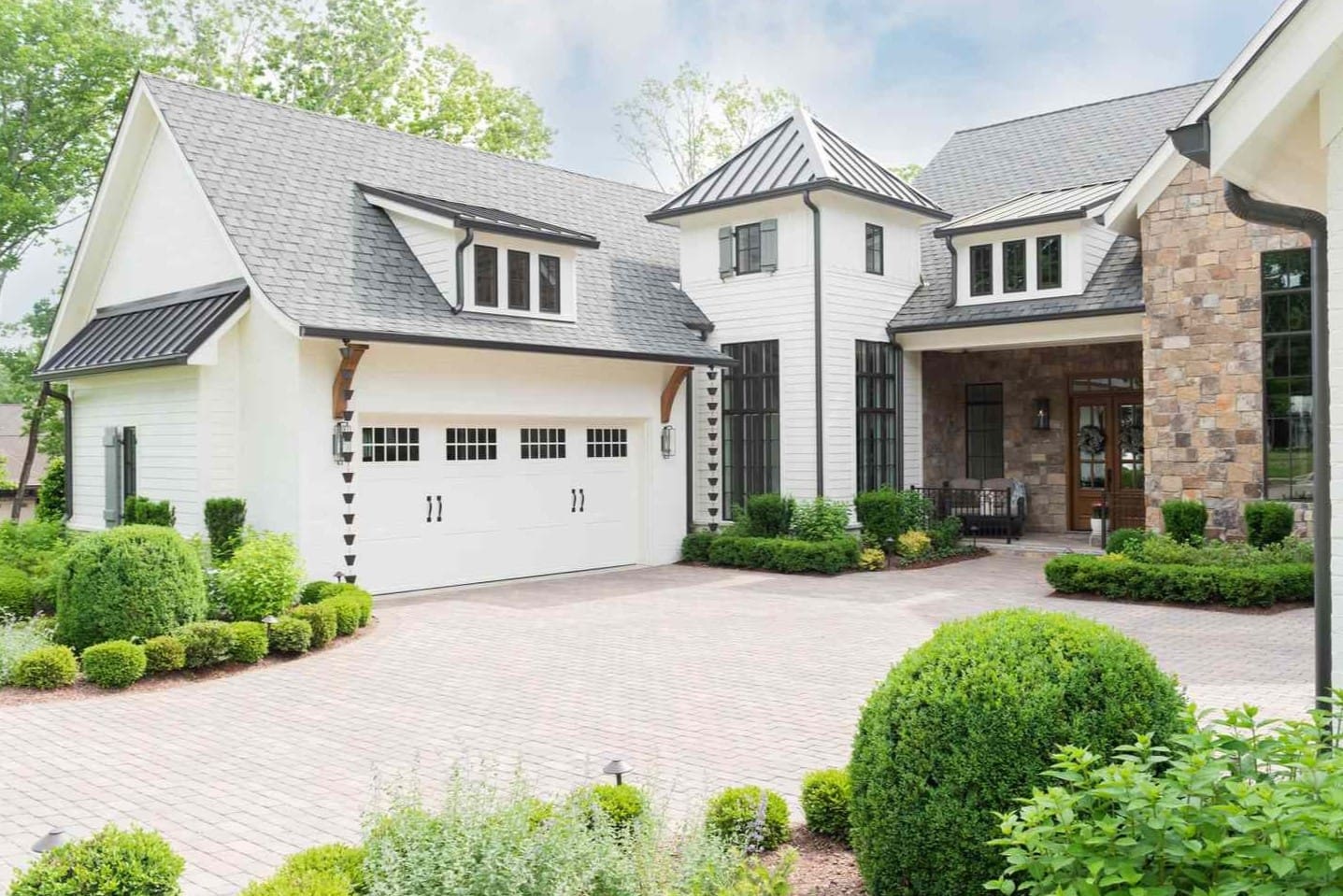
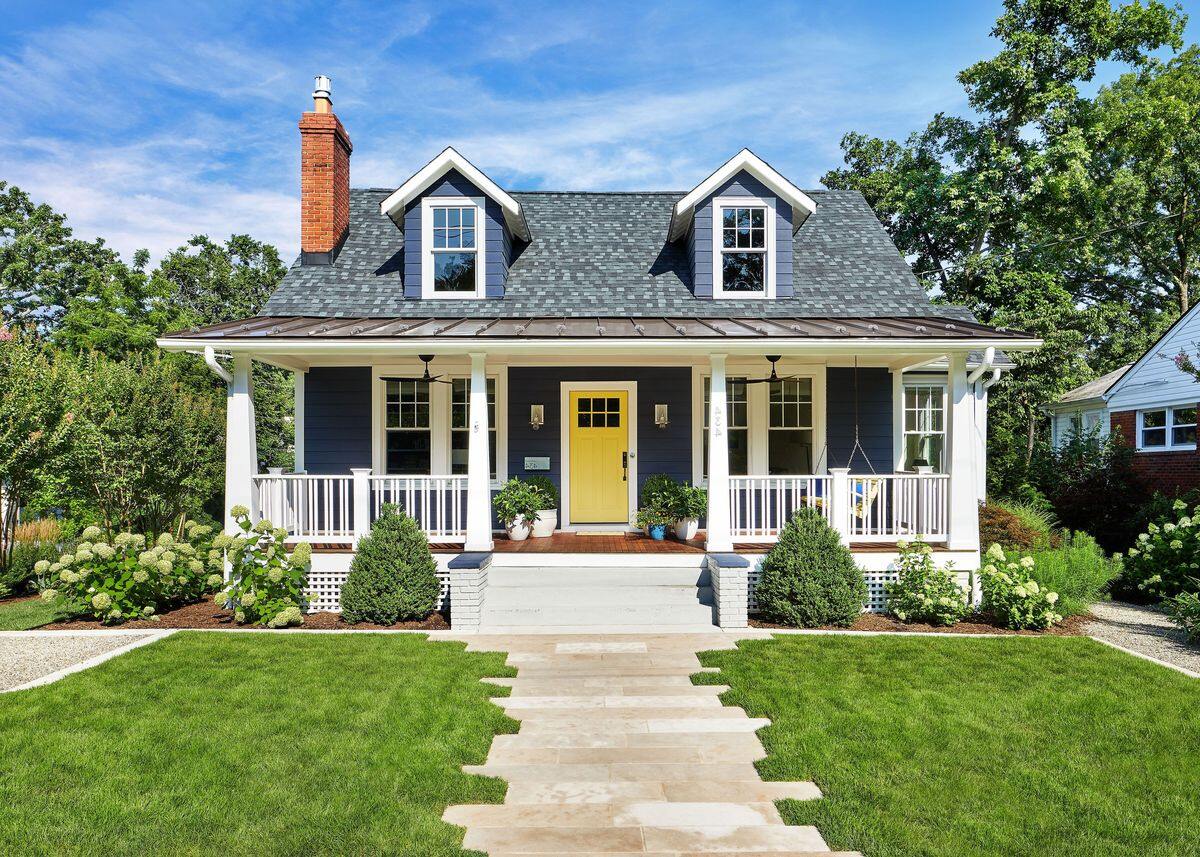

0 thoughts on “Upgrading Your Home’s Plumbing DIY Maintenance Tips”